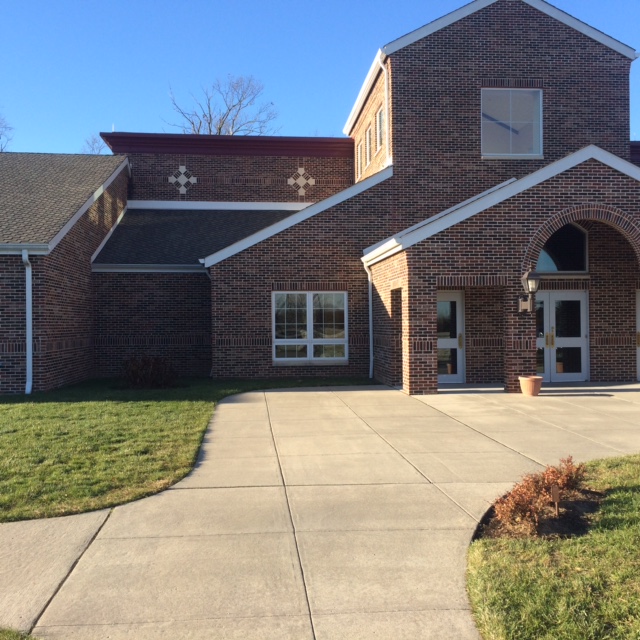Contact
Institutional Masonry
Appearance
Appearance, to many, is not always a significant factor; however, especially with Institutional masonry, it can make all the difference. When building a new structure, or when an older building is given a makeover, it will pop, drawing not only attention, but also giving it an entirely fresh feel. Sullen structures can be traded for a fresh, new outlook by refurbishing old, crumbling wall exteriors. Keep the history to the inside, and protect it with a long-lasting appearance.
Discover
Isn’t it always tough finding the right building? With a unique touch of mortar and a twist of style, anyone will be able to tell your building apart from the crowd. When a GPS informs the driver, “destination is on the right,” it will no longer be passed by. Institutions of all kinds are of great importance–build them out from the others.
Reinforce
When masonry is utilized for pre-existing buildings or entirely new structures, you are choosing to use a method that will reinforce your walls for years to come. Because of the materials masonry uses, it is a highly durable form of construction that is able to combat the elements. It is imperative to entrust your walls to the right materials that can face any outside conditions.

Advantages
There are many advantages to depending on masonry for your institution:
- Masonry uses entirely non-combustible products, therefore making the building fire-resistant.
- Masonry does not require painting, which provides a structure with reduced life cycle costs.
- Masonry is more resistant to projectiles like debris from hurricanes or tornados.
- Structures that are built in compression with lime mortar can have a useful life of 500 years or more. When compared to steel or reinforced concrete whose lifespan is estimated at only 30-100 years, it is a stark contrast.
- Materials like bricks and stones can increase the thermal mass of a structure.
Materials
Masonry is most commonly used on the walls of structures or buildings. Brick and concrete are the most commonly used materials in masonry, and may be either weight-bearing or a veneer. When hollow concrete blocks are used, numerous possibilities become available. While better suited to structures with light transverse loading, hollow concrete blocks provide both compressive strength as well as greater tensile and lateral strength when filling some or all of their cores with steel reinforcement, such as rebar.
Other materials used in masonry are as follows:
- Brick
- Architectural Block
- Split Face Block
- Limestone
- Cast stone
- Concrete block
- Glass block
Southbrook
Why choose us? It is important to rely on the right masonry, considering that a mason or bricklayer provides and builds the fabric that keeps your building intact. The materials used, the quality of the mortar, the workmanship, and the pattern in which the units are assembled are all factors that affect the durability of the overall masonry construction. Depend on us at Southbrook Masonry to get the job done right! Call us today and we will take care of your institution.

